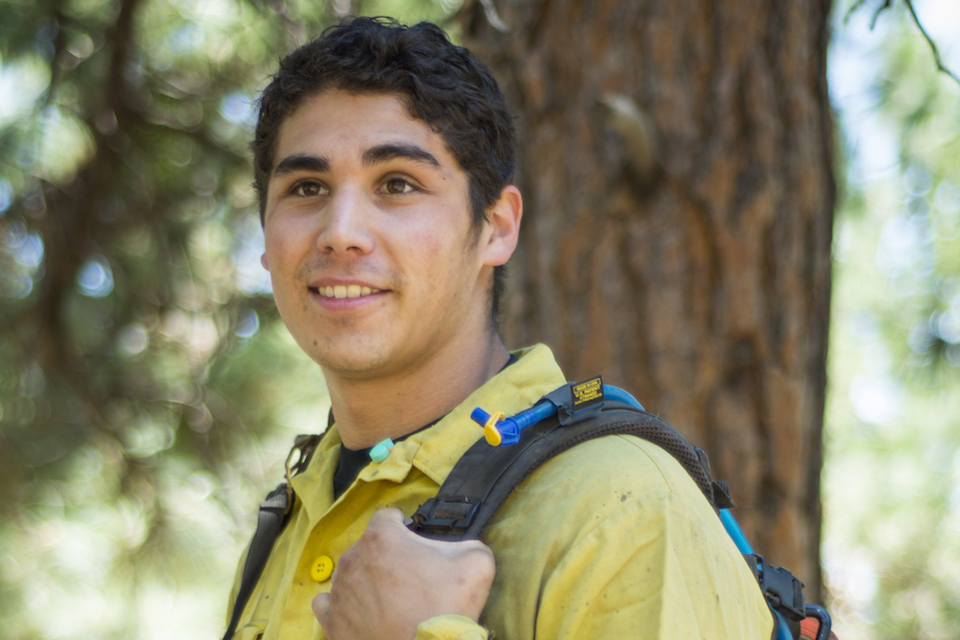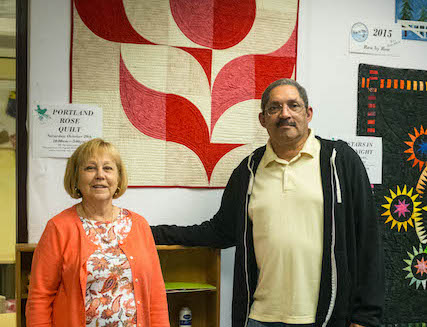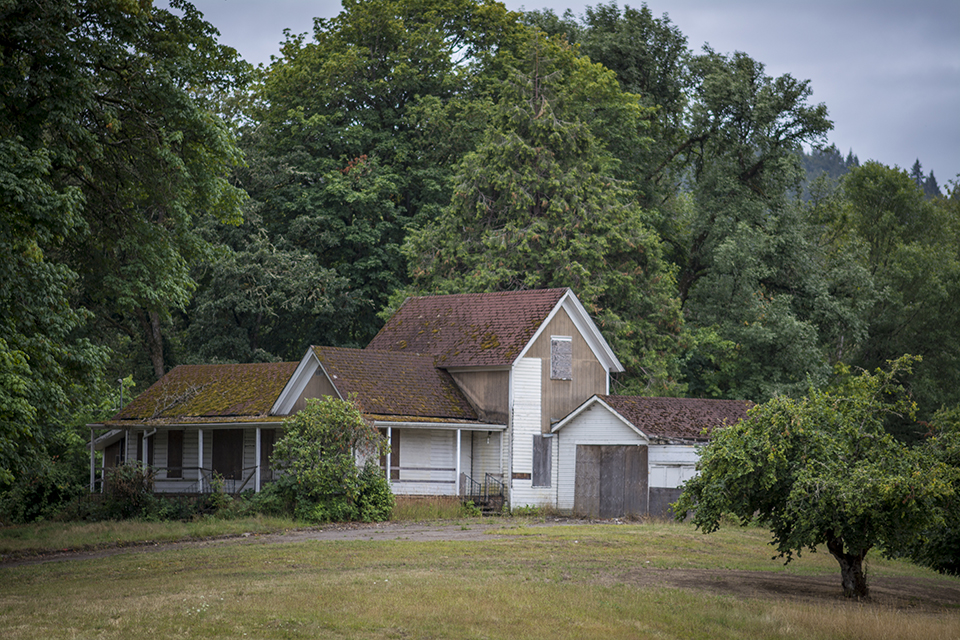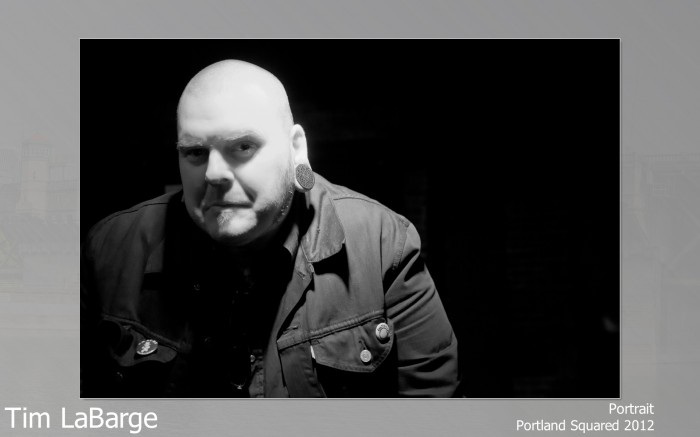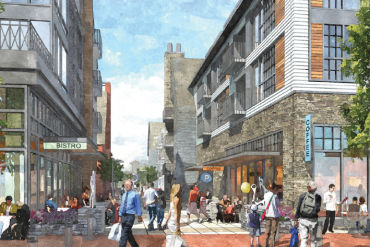written by Lindsay McWilliams | photos by Kjersten Hellis
Two years ago, Evan Soto was called out to fight a fire in Warm Springs. He and his squad were digging line in front of three-foot-tall flames, clearing a gap so that the fire had no fuel to burn farther. They noticed that the fire had begun to wrap downhill, so they sent a scout to check it out. As it turned out, the fire had already come around behind them. Soto’s squad quickly escaped the area and, just five minutes later, the area where they had been digging was completely on fire. “The fire spread another 300 acres within two hours, and we had been right in the middle of it,” Soto said.
“That’s the one thing we plan on: we plan on our plans changing,” Soto said. “It’s what we live by.”
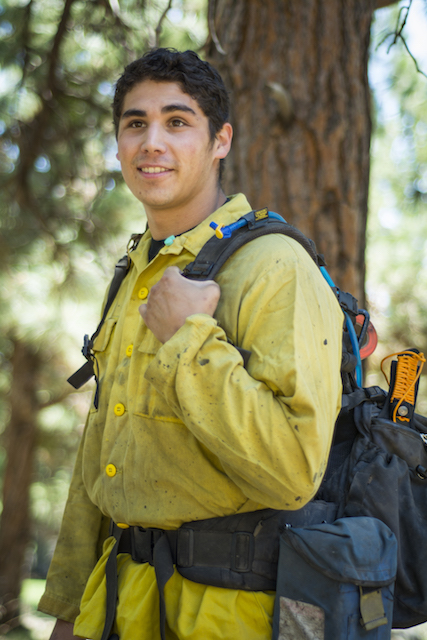
Like many wildland firefighters, Soto started at a young age, when he was 19 years old. Enticed by substantial pay and an opportunity to be active and outdoors in his job, he convinced a buddy to sign up with him. His friend didn’t pass the required test, and Soto decided to move forward alone.
“When I got that first call, I was super nervous,” Soto said. “But then I realized it was a bunch of people just like me.”
Three years later, Soto has earned the titles of Squad Boss and Incident Commander Type 5. In layman’s terms, that means he’s in charge of a group of five firefighters and he has the ability to take his squad to an entirely separate fire as well.
Soto loves the camaraderie and sense of family he feels with his crew, who hang out even after they’ve returned from a fire. What he doesn’t love is the lack of sleep that often comes with fighting fires. In some cases, the crews will work sixteen-hour days with maybe four hours of sleep. To him, waking up at 4 a.m. is still worth it.
“Hiking out, you get to see some of the best parts of nature that no one ever goes to, out in these remote areas,” he said.
Is it really as dangerous as everyone says? Soto doesn’t seem to think so. While there’s always danger present, lots of precautions, safety checklists and a chain of command are in place to keep workers safe.
“I feel like people think of wildland firefighting as being face-to-face with these 100-foot-tall flames and you’re not. You’re really safe,” Soto said. “Generally when people see ‘19 People Dead in a Fire,’ that’s because they’re hot shots or smoke jumpers and they were somewhere that they didn’t have everything all together because they were the first people at the fire.”
Though wildland firefighting is considered to be a high-risk profession, there isn’t a lot of training involved before crew members go out into the field. Depending on the agency, a five-day training course and a single test can get you the job. Yet, Soto argues, most of the education for wildland firefighting can’t be taught in a classroom.
“When you go out on your first fire, you’re side by side with someone of at least two years of experience and they’re making sure you’re doing everything right,” Soto said. “That’s your true classroom.“
Soto plans to continue fighting wildfires for years to come, and hopes to eventually become a crew boss, leading a crew of twenty.


